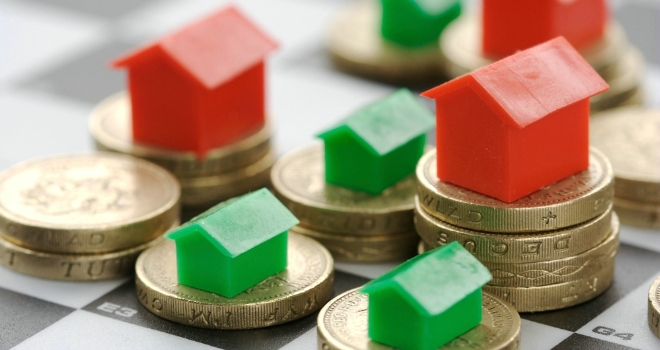Employment rates affect house prices by up to £70,000
05-03-2016

The gap in house prices between areas with the highest and lowest levels of unemployment has widened significantly over the past 10 years, according to research from Lloyds Bank.
Average house prices in the 20 local authorities with the lowest rate of unemployment have risen by £89,446 since 2006 – nearly five times the rise for those with highest unemployment, which increased by just £18,657 over the same period.
The average house price for those high unemployment areas is £139,520 – which is £102,655 (42%) below the national average price of £242,175. By contrast, areas with the lowest unemployment rates have an average price of £352,224 - £110,049 (45%) higher than the national average.
The 10 areas which have seen the largest falls in unemployment since 2006 recorded an average price increase of £200,155 (76%) to £464,373. Nine of these local authorities are in London, with four (Haringey, Hackney, Southwark and Waltham Forest) seeing average home values almost doubling in the past decade.
The 10 areas with the poorest unemployment performance saw average house prices grow by only £24,587 (18%). Seven of these 10 areas are in the North West.
"Employment boosts consumer confidence, helps put more cash into customers’ pockets and makes it easier to secure a mortgage, all of which drives increased housing activity. Unfortunately, in areas where more people find themselves out of work, house prices can stall as people are financially less able to progress up the property ladder, reducing demand.
“There are, however, other factors which affect house prices - such as lower mortgage rates, improved affordability and low housing supply - which will have contributed to rising prices in the past decade."

